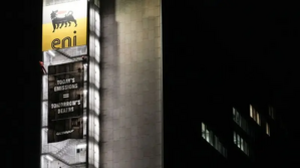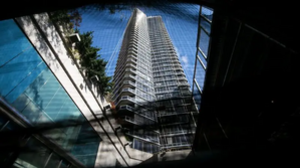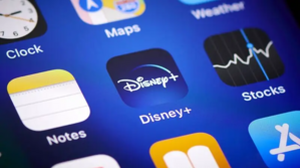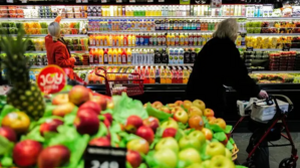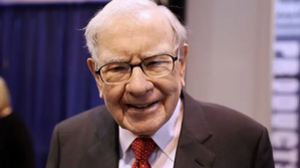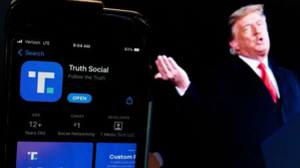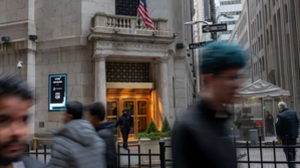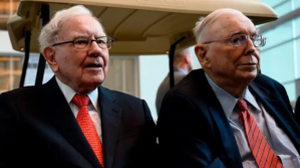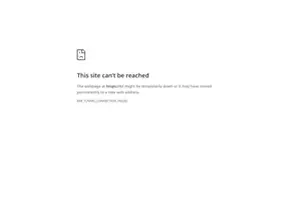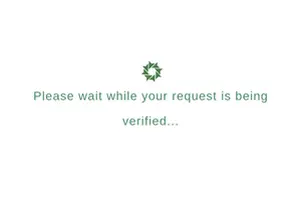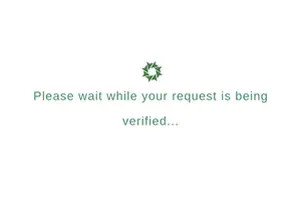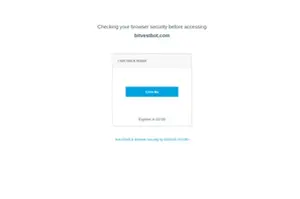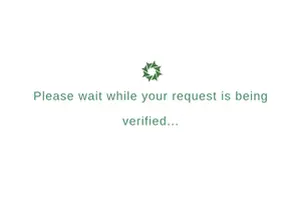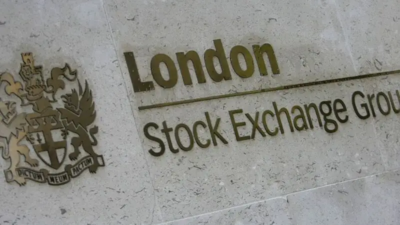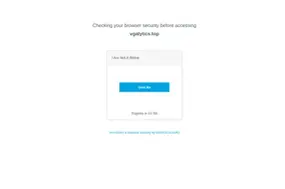Here’s why some people keep uninsured money in their bank
Wall Street is still getting over the trauma of last year’s regional banking crisis. Somehow, the same issue plaguing last year’s failed banks is back in focus at the latest bank in crisis: massive loads of uninsured deposits.
Shares of New York Community Bancorp have dropped about 57% over the past two weeks as losses on commercial real estate loans rattle the industry.
Investors are concerned that a plunge in value of empty office space loans issued by NYCB could send depositors with more than the federally protected $250,000 in accounts running for the hills: a classic bank run. That hasn’t happened yet, and there’s no evidence that it will.
But the fact that 40% of NYCB’s deposits are uninsured remains a risk for the bank and the sector as a whole.
To be sure, the risk isn’t anywhere close to that of the banks that failed last year: About 94% of domestic deposits at Silicon Valley Bank were uninsured and 90% of Signature Bank’s deposits were uninsured, according to the Federal Reserve.

Still, after numerous regional bank failures over the past year, the question must be asked: Why would anyone keep uninsured deposits at a bank and why would banks allow them to do so?
The basics of deposit insurance
Deposit insurance is the federal government’s guarantee that your money is safe at any insured bank — by up to $250,000 per account.
That’s enough coverage for the vast majority of Americans. Congress raised the limit from $100,000 to $250,000 as an emergency measure during the Great Recession in 2008 and made those changes permanent in 2010.
The money is guaranteed by the Federal Deposit Insurance Corporation, which is funded by fees paid by major US banks.
As of the third quarter of 2023 (the most recent data available), the FDIC had about $119.3 billion on hand. That’s about 1.13% of all insured deposits in the United States, and lower than the fund’s long-run target of 2%, which the agency says is enough to withstand any future banking crises.

Why do we need it?
Government-backed deposit insurance was created in 1933, right around the time of the Great Depression when bank runs were rampant: About 40% of US banks went under between 1929 and 1933, according to James Lee and David Wessel at The Brookings Institution.
The role of deposit insurance is, in the words of the International Monetary Fund, “to stabilize the financial system in the event of bank failures by assuring depositors they will have immediate access to their insured funds even if their bank fails, thereby reducing their incentive to make a ‘run’ on the bank.”
What happens if you have more than $250,000 in your account?
Technically speaking, anything in a bank account over $250,000 could be lost if a bank shuts down. That’s a pretty scary thought. About 40% of all money in the US, or $8 trillion, sitting in banks is uninsured, said Lawrence White, a professor at New York University’s Stern School of Business.
Why take on the risk?
While $250,000 is a lot of coverage for an individual account, it doesn’t do much for a small or medium-sized business that needs to cover payroll and pay suppliers.
The larger a business is, the more difficult it becomes to split that money across banks. If a company had $10 million, it would in theory need to establish accounts at 40 different banks to guarantee its money is insured by the FDIC.
Instead, companies can keep their cash safe through a few different methods. Banks often offer something called “collateralization,” where they provide collateral, like securities and bonds, to secure the amount that exceeds the FDIC-insured limit.
Firms also use “sweep accounts” where the funds are automatically “swept” overnight into Investment vehicles such as money market funds. Some companies also employ services that automatically distribute their funds across several banks, ensuring that each portion is below the FDIC insurance limit.
Companies often allot a portion of their cash in direct government securities, such as Treasury bills, which are considered safe Investments backed by the full faith and credit of the government. They also carefully monitor the health of their banks to ensure their money is safe.

Still, many companies with a lot of cash keep much of their money in uninsured accounts.
Some of the firms impacted by SVB’s collapse last year were startups that had parked massive amounts of money into accounts at the bank, rather than using methods to safeguard the cash. Most of the money was uninsured. Streaming device company Roku, for example, revealed in a Securities and Exchange Commission filing that it had $487 million in deposits with SVB that were “largely uninsured.” Game platform Roblox said it had $150 million at the bank.
What about individuals?
It’s easier for a single person or family to spread their money across multiple accounts to ensure that each remains below the $250,000 insurance threshold. A married couple can be covered for $500,000.
And yet, there are still individuals who have uninsured deposits. “I gotta tell you, I don’t get it. I don’t understand,” said White. “It just takes a little bit of screen time to open another account,” he said.
If depositors’ money is in a bank that’s considered to be “too big to fail,” they may decide it’s worth the risk.
What happens if a bank fails?
It cost the FDIC about $23 billion to clean up the mess that Silicon Valley Bank and Signature Bank left in the wake of their collapses last year. That’s because it ended up making all account holders whole, even those with well over $250,000 like Roku and Roblox.

When there’s serious financial stress on the banking system, the government is allowed to temporarily lift the limit, using what’s called a “systemic risk exception.” They then assess special fees on banks to pay for it.
It was large banks who ended up paying most of that fee for SVB and Signature Bank.
JPMorgan Chase’s profit was dragged lower in the fourth quarter of 2023 by a one-time $2.9 billion charge the bank had to pay related to the crisis.
Bank of America paid a $2.1 billion FDIC fee and Citigroup paid $1.7 billion.
Sometimes, the FDIC will negotiate a sale of the bank that keeps all accounts whole. First Republic Bank, which failed last April, was sold to JPMorgan Chase. The big bank took on all of First Republic’s deposits and customers did not lose their money.
But when a bank goes under, there is the possibility that customers lose all of their uninsured funds.
A changing landscape
Uninsured depositors have lost their money in just 6% of all bank failures since 2008. But before that, it was the norm for uninsured depositors to lose it all when a bank went bust.
“The growth of uninsured depositor rescues raises serious concerns about moral hazard as well as fiscal costs,” wrote Michael Ohlrogge, a professor at New York University’s School of Law, in a study. “It also risks violating the FDIC’s statutory requirement to resolve failed banks and protect insured depositors in the least expensive way possible.”
Sometimes, he said, rescuing those uninsured depositors may be the cheapest way to protect insured depositors at banks. But often the rescues are very expensive.
Moral hazard is a scenario where one party engages in risky behavior because they are shielded from any consequences. In the case of banks, that means they will be more likely to take on riskier bets if they know they are more protected, raising the possibility of a repeat of this month’s chaos.
Could reform still happen?
That’s a question lawmakers are asking.
Rep. Maxine Waters, the highest-ranking Democrat on the House Financial Services Committee, said in the wake of last year’s bank failures that Congress should think about raising the limit of insured bank deposits.
Sen. Elizabeth Warren, an influential member of the Senate Banking Committee, also said on CBS News’ “Face the Nation” that lifting the insurance cap would be “a good move,” suggesting a range of $2 million to $10 million.
A coalition of midsized US banks even sent a letter to regulators last March asking for the FDIC to expand its insurance to cover all bank deposits for the next two years to help restore confidence in the banking system.
“Doing so will immediately halt the exodus of deposits from smaller banks, stabilize the banking sector and greatly reduce the chances of more bank failures,” the Mid-Size Bank Coalition of America wrote in the letter.
But in a statement last May, the FDIC said that guaranteeing all deposits “would remove depositor discipline and may induce excessive risk-taking by banks.”
Funding, it said, would also need to be increased, “leading to significantly higher assessments on banks.”
Maybe You Like
London Stock Exchange urged to do more to hold onto retail traders
The UK stock market needs to improve investor communication and engagement in order to retain its individual traders, according to a report from online trade and investor provider CMC Markets. ADVERTISEMENTUK retail investors are increasingly...
Hargreaves Lansdown rejects private equity takeover bid
The UK investment platform says the offer from a group including the Abu Dhabi Investment Authority undervalues the firm. ADVERTISEMENTHargreaves Lansdown has rebuffed a takeover proposal worth £4.67 billion (€5.48 billion) made...
Ferrovial set to offload UK regional airports amid Heathrow deal uncertainty
Ferrovial is planning to sell its stake in three UK regional airports amid difficulties in finalising its £2.4bn sale of a 25% stake in Heathrow. ADVERTISEMENTSpanish infrastructure company Ferrovial is reportedly putting up for sale...



